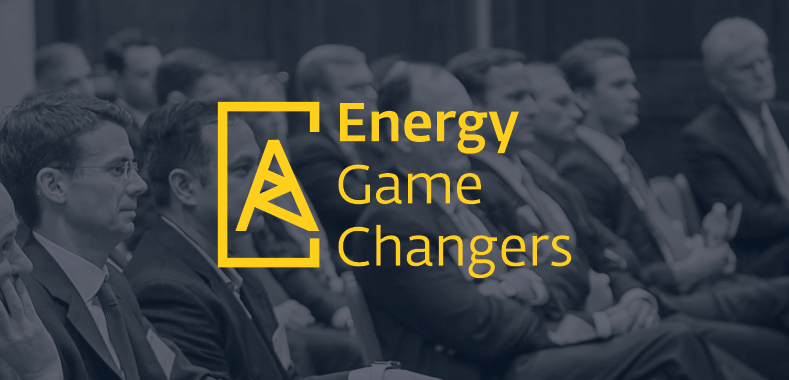Open-Ended Energy Funds on the Horizon
Download the article
A fund-formation specialist explains why open-ended vehicles will make a good match for long-term, cash-flowing energy assets
Privcap: What is on the horizon for the energy and infrastructure industry by way of fund formation?

Latham & Watkins
Nadia Sager, Latham & Watkins: The real question is, are open-ended funds the next frontier in energy and infrastructure? They certainly are in real estate. We have seen an increase in the popularity of the open-ended fund vehicle as a tool for fundraising for real estate fund managers. We haven’t seen as much of that in the energy and infrastructure space. I believe the open-ended fund could be the next wave in energy and infrastructure and presents an attractive opportunity for fund managers. They can take development assets once they’ve stabilized and become cash-flowing, hold on to them for a long-term basis, and put those in vehicles that they can manage and control.
What are the attributes necessary for an open- ended vehicle to be successfully structured?
Sager: You need the right assets, and those need to be long-term-hold assets that cash flow. It really doesn’t work to use an open-ended fund structure with something that doesn’t generate a cash flow, because you need it to offer your investors liquidity, and it’s always an important question as to how you’re going to manage that liquidity.
What specific types of energy assets would work well in an open-ended format?
Sager: Once you’ve got a power plant that’s operational and is cash-flowing, that’s a great asset for an open-ended fund. You could think about critical infrastructure that generates ongoing cash flows. Pipelines are another example that are good assets and could be attractive in an open-ended fund in long-term-hold assets. And yes, you could absolutely use an open-ended fund for solar and wind.
Are these funds generally more accommodating to smaller investors?
Sager: In the real estate world, where you see a number of open-ended funds now, they tend to take smaller investments from a large number of retail investors. You have to be set up to success-fully manage a wide variety of investors into your open-ended vehicle and open up part of the market that you might not be fundraising in today with your closed-end funds.How does liquidity work in these funds?Sager: There are a whole variety of ways that you can set up your liquidity for an open-ended fund. You can start with an initial lockup period of, say, one or two years. Usually there’s some sort of a lockup for those coming in out of a short or medium duration. And then you can have quarterly or annual exits or—in some cases where you set up exit windows—every, say, four or five years.
Might open-ended funds be used as an exit route for private equity firms?
Sager: An open-ended fund is a great exit route for private equity firms to use for their closed-end vehicles. Firms are doing that in the real estate space where they have a fund whose mission is to develop assets or to buy and aggregate assets once they are in the value-creation stage and a stabilized cash-flowing asset. They then move it into their open-end fund vehicle, so they can move it from one part of the complex to another part of the complex that the sponsor manages.
A fund-formation specialist explains why open-ended vehicles will make a good match for long-term, cash-flowing energy assets








